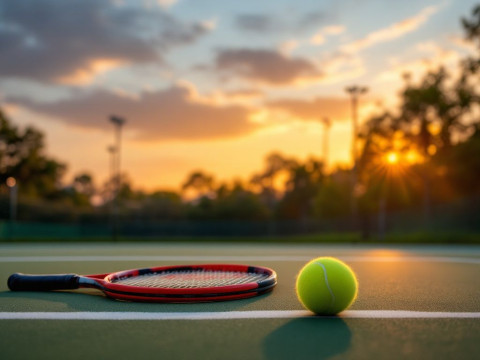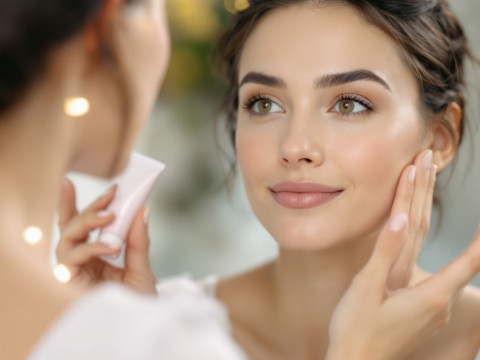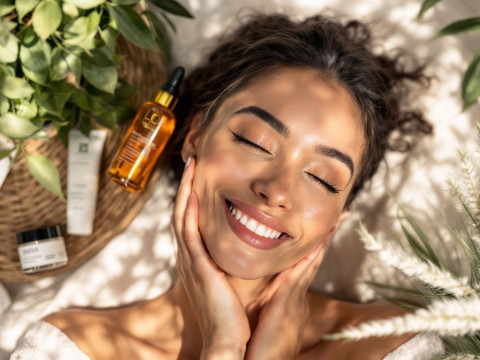Ever found yourself scrutinizing your professional headshot and thinking, “Why do I look like I’ve just woken up during a movie marathon?” It’s more common than you think. Let’s take a moment to dive into the world of headshots because, truly, your skin plays a starring role. Trust me, when it comes to capturing that perfect look for your career profile, your skin can make or break the deal.
The Importance of Event Preparation
First things first—event preparation. This isn’t just any event; it’s you in front of a camera, hoping to come across as approachable yet professional, confident yet relatable. Preparing for a headshot session is somewhat like prepping for an important business meeting. Just like you’d polish your presentation skills for that high-stakes pitch, ensuring your skin is photo-ready is essential.
Now, I hear you asking, “Why so much fuss over skin?” Simple: bad skin tone, blemishes, and uneven texture can distract viewers from the subject—you! In a business setting, your face should exude a sense of reliability and capability. That’s what makes event preparation crucial.
The Foundation: Skincare Routine
Alright, let’s get right into the core of perfecting that headshot: developing a consistent skincare routine. Think of this as meal prep for your skin.
1. Cleanse
Start with good cleansing. Use a gentle cleanser that suits your skin type. You want something that purifies without stripping your skin of natural oils. Doing this right means you’re not battling unnecessary dryness or oil slicks on photo day.
2. Exfoliate, But Wisely
Exfoliators are your best pals, helping maneuver dead skin out of the equation. This step should be a weekly commitment. Excess exfoliation, however, is like a clingy friend—annoying and abrasive.
3. Tone: The Often Overlooked Step

Some say toners are extra, but let me tell you, they balance your skin’s pH and tighten those pores right up. So don’t skip the toner.
4. Moisturize
Think of moisturizer as the peacekeeper, calming your skin, ensuring everything stays smooth. Go for something non-greasy, especially if you’ve got oily or combination skin.
5. Sun Protection: Non-Negotiable
Finally, don that sunscreen even if you’re not directly in the sun. A good SPF protects you from damage that loves creeping up on unsuspecting skin.
People often skip right to makeup prep, but nope! Keep skincare rolling and give it some emphasis.
Makeup for the Camera: Enhancing Your Natural Look
Next up, let’s brush up on our makeup game. It’s not just about plastering on some foundation; it’s about creating a look that translates into professional success stories.
Choosing the Right Foundation
For headshots, steer away from foundation that’s too matte or too dewy. Strike a balance, opt for medium coverage, and ensure it’s camera-friendly. Test shades; undertones matter as the camera can exaggerate a mismatch.
Contour, Blush, and Highlight
A light contour gives the face dimension and is a blessing in disguise when tackling two-dimensional photos. Add a natural blush—rosy, not ruddy—and embrace a subtle highlight, mostly on cheekbones and the bridge of the nose.
Eyes—Windows to Professionalism
Keep your gaze clean and attentive. Neutral eyeshadows enhance eye color without overpowering it. Eyeliner and mascara work magic, but opt for water-resistant formulas in case the flash brings out your nerves!

Lips: The Finishing Move
Select natural shades with a slight sheen to them for well-defined, welcoming lips ready to talk business.
Time to Shine: The Role of Lighting
No amount of event preparation can compete with proper lighting. It swoops in to save the day—or assassinate your photos if unchecked. Artificial lighting often demands adjustments to makeup shades. Experiment with different setups in natural and studio lighting to find what works best.
Natural vs. Artificial Lighting
Natural light is your ally, softening lines and evening skin tone. If it’s artificial, be wary of lights that enhance shadows and lines.
What to Wear for Headshots
Preparing for this almost event-like session isn’t just skin deep—it extends to clothing and accessories too. You want attire that says “Executive” without resorting to stiff cliches.
The Rule of Simplicity
Stick to simple, solid colors. If you’re torn between patterns and solids, stick to solids for an undistracted image.
Accessorize Neutral
Nothing too dangly or bright. Accessories should complement, not steal the show. Opt for minimalistic, yet sophisticated jewelry.
The Test Shoot: Practice Makes Perfect

Professional headshot magic doesn’t just happen by wishing upon a star. A trial run is your safety net. Use it to test your skin prep, makeup choices, and even your attire. Snap a few test shots in different lighting. Experimentation here is key!
The Psychology of Professional Headshots
There’s a mental aspect to headshots, too. Confidence radiates on camera. Knowing you have taken all necessary steps for skin and style, bring that comfort to the set.
Consider posture, expression, and connecting with the camera as if it were your next business partner. Yeah, a little mindset goes a long way.
Mind the Small Details
It’s easy to get lost in the excitement, but small details are vital. Let’s not forget grooming! Check for stray hairs, fix collars, and brush away any shed eyelashes. Sometimes, it’s these things that slip through the cracks.
Emphasizing Underlying Truths
In the midst of all this preparation lays a simple truth—a good headshot brings out the familiarity and trustworthiness in your eyes and smile. See how we circled back there? It’s intentional because resonance encourages retention.
Last-Minute Reminders
Feel the confidence in knowing you’ve done your diligence in each area—from skincare to setup. Now a few quick pointers before you go:
- Blemish shouldn’t cause panic. A light concealer dab can create miracles.
- Run a last brush through your hair—touchable, not hairsprayed into statueship.
- Hydration is important: Drink water for health and a complementary glow.
Wrapping It All Up
Ultimately, when all’s said and done, professional headshot success boils down to event preparation—not unlike readying yourself for that pivotal career moment. Remember, it’s all about being your best, country-level surety in every spot and smoothness in each tone. And when nearly two thousand words of guidance merge into thirty minutes of stellar photography, you know you’ve nailed it.
You’re stepping not just in front of a lens but into potential career avenues, with each step meticulously pondered and planned. Ready to go seize that shot? Go dazzle out there!
Frequently Asked Questions
What are the key steps in event preparation?
Event preparation involves several key steps, including defining the event’s concept and objectives, determining the target audience and expected number of attendees, selecting a venue, and planning the logistical aspects such as catering, audio-video needs, and security. It also includes promoting the event, coordinating with vendors, and ensuring compliance with health and safety standards[3][5].
How do I choose the right venue for my event?
Choosing the right venue involves considering the number of expected attendees, the type of event, and the need for spaces where conversations can happen. It is also important to ensure the venue has adequate facilities and to plan for the physical layout and setup of the event. Additionally, consider the need for registration, catering, and audio-video equipment[1][3].
What are the essential elements to include in an event checklist?
An event checklist should cover every stage of the event, from pre-planning to post-event activities. This includes budgeting, venue selection, vendor contracts, logistics, marketing, attendee registration, and post-event evaluation. It is also crucial to plan for cleaning up after the event and to have a plan for emergency situations[1][3].
How can I ensure effective promotion and registration for my event?
Effective promotion involves setting up a registration form and landing page, keeping the registration form simple to maximize registrations, and using various channels such as email, website, social media, and paid advertising to reach a wider audience. It is also important to send reminder emails to registered attendees and to use event management software to streamline the registration and promotion process[2][3].
References










